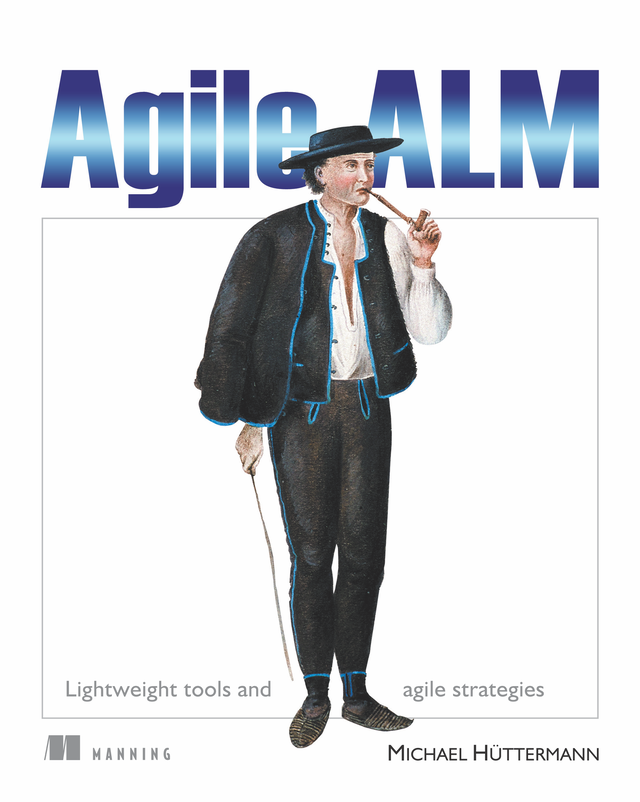Agile ALM is a guide for Java developers who want to integrate flexible agile practices and lightweight tooling along all phases of the software development process. The book introduces a new vision for managing change in requirements and process more efficiently and flexibly. It synthesizes technical and functional elements to provide a comprehensive approach to software development.
Agile
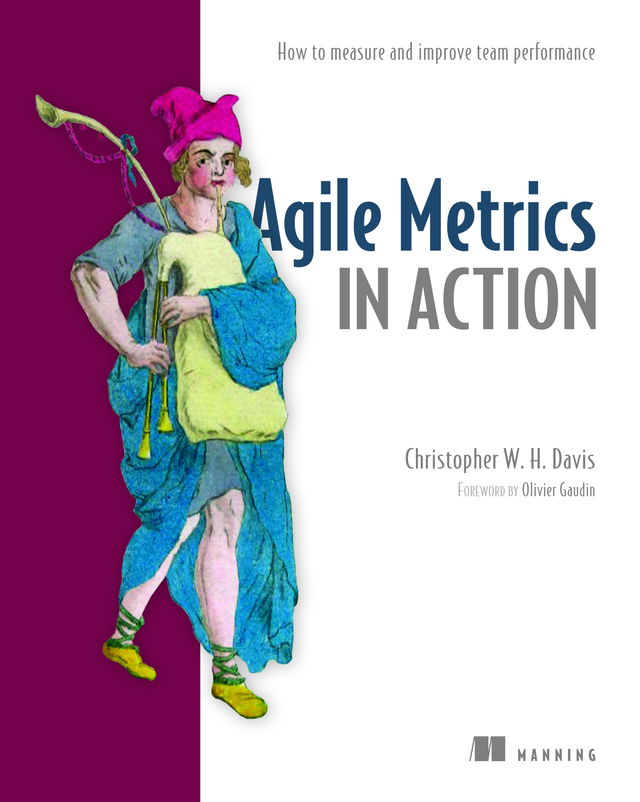
Agile Metrics in Action is a rich resource for agile teams that aim to use metrics to objectively measure performance. You'll learn how to gather data that really counts, along with how to effectively analyze and act upon the results. Along the way, you'll pick up practical data analysis techniques, including a few emerging Big Data practices.
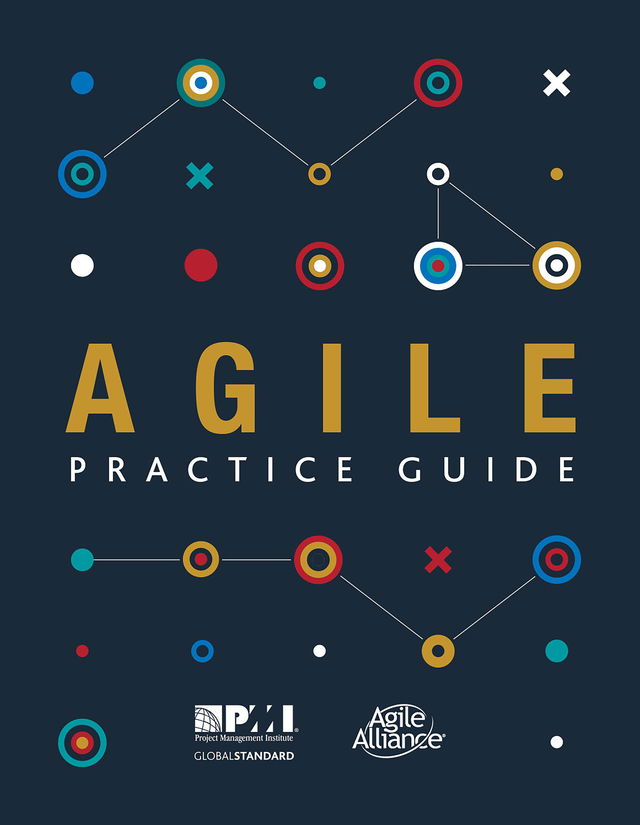
Agile Practice Guide has been developed as a resource to understand, evaluate, and use agile and hybrid agile approaches. This practice guide provides guidance on when, where, and how to apply agile approaches and provides practical tools for practitioners and organizations wanting to increase agility. This practice guide is aligned with other PMI standards, including A Guide to the Project Management Body of Knowledge (PMBOK® Guide) – Sixth Edition, and was developed as the result of collaboration between the Project Management Institute and the Agile Alliance.
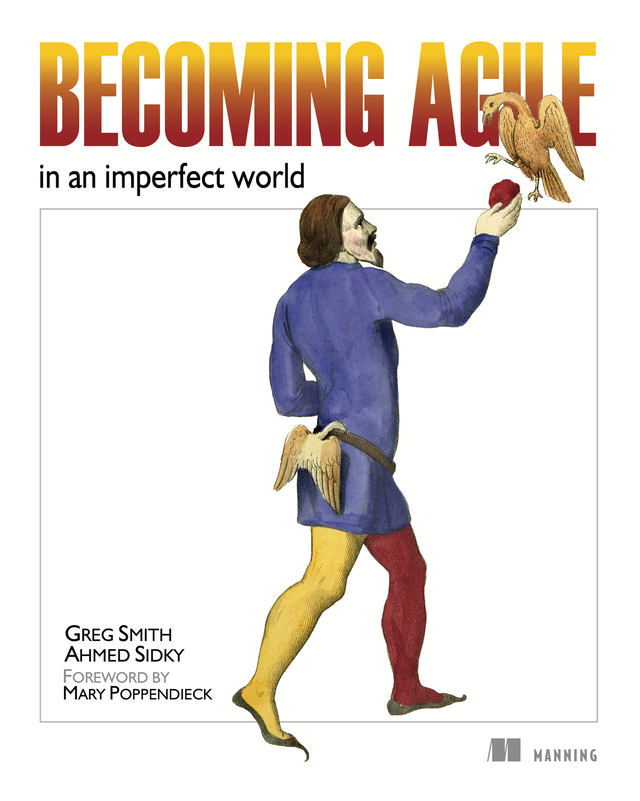
Agile principles have been a breath of fresh air to many development teams stuck in the middle of a rigid, process-driven environment. Unfortunately, it's not so easy to bring Agile into an existing organization with established people and practices. Becoming Agile shows you practical techniques and strategies to move from your existing process to an Agile process without starting from scratch.
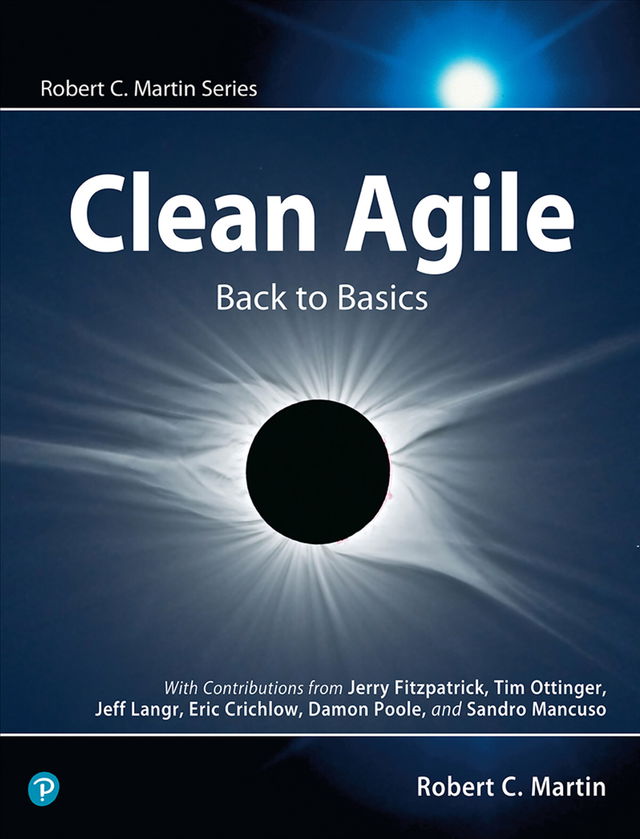
Nearly twenty years after the Agile Manifesto was first presented, the legendary Robert C. Martin (“Uncle Bob”) reintroduces Agile values and principles for a new generation–programmers and nonprogrammers alike. Martin, author of Clean Code and other highly influential software development guides, was there at Agile’s founding. Now, in Clean Agile: Back to Basics, he strips away misunderstandings and distractions that over the years have made it harder to use Agile than was originally intended.
Martin describes what Agile is in no uncertain terms: a small discipline that helps small teams manage small projects . . . with huge implications because every big project is comprised of many small projects. Drawing on his fifty years’ experience with projects of every conceivable type, he shows how Agile can help you bring true professionalism to software development.
- Get back to the basics–what Agile is, was, and should always be
- Understand the origins, and proper practice, of SCRUM
- Master essential business-facing Agile practices, from small releases and acceptance tests to whole-team communication
- Explore Agile team members’ relationships with each other, and with their product
- Rediscover indispensable Agile technical practices: TDD, refactoring, simple design, and pair programming
- Understand the central roles values and craftsmanship play in your Agile team’s success
If you want Agile’s true benefits, there are no shortcuts: You need to do Agile right. Clean Agile: Back to Basics will show you how, whether you’re a developer, tester, manager, project manager, or customer.
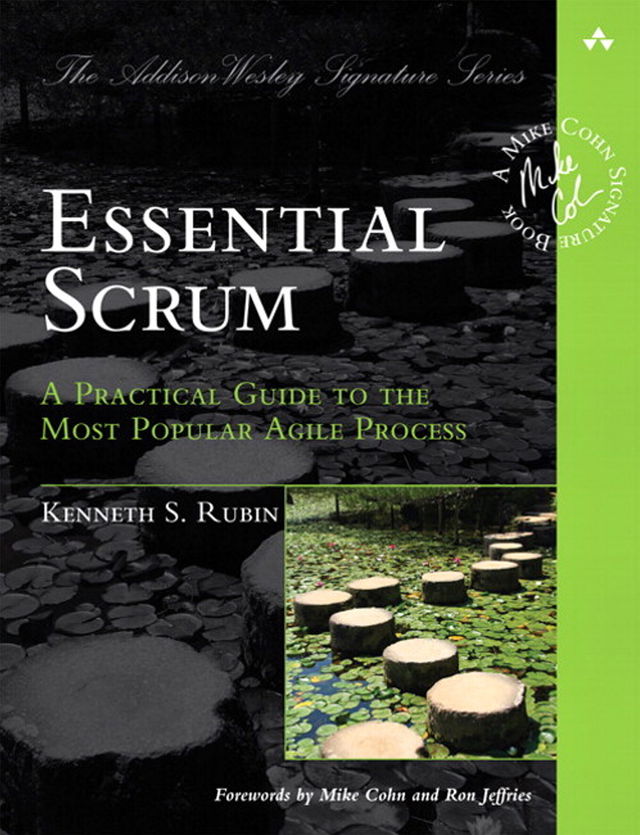
If you want to use Scrum to develop innovative products and services that delight your customers, Essential Scrum is the complete, single-source reference you’ve been searching for. Leading Scrum coach and trainer Kenny Rubin illuminates the values, principles, and practices of Scrum, and describes flexible, proven approaches that can help you implement it far more effectively.
Whether you are new to Scrum or years into your use, this book will introduce, clarify, and deepen your Scrum knowledge at the team, product, and portfolio levels. Drawing from Rubin’s experience helping hundreds of organizations succeed with Scrum, this book provides easy-to-digest descriptions enhanced by more than two hundred illustrations based on an entirely new visual icon language for describing Scrum’s roles, artifacts, and activities.
Essential Scrum will provide every team member, manager, and executive with a common understanding of Scrum, a shared vocabulary they can use in applying it, and practical knowledge for deriving maximum value from it.
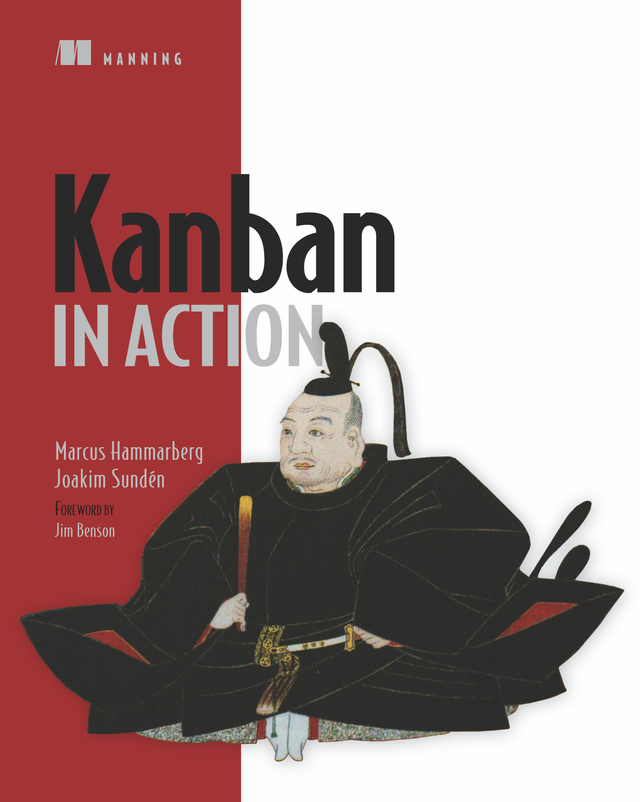
Kanban in Action is a down-to-earth, no-frills, get-to-know-the-ropes introduction to kanban. It's based on the real-world experience and observations from two kanban coaches who have introduced this process to dozens of teams. You'll learn the principles of why kanban works, as well as nitty-gritty details like how to use different color stickies on a kanban board to help you organize and track your work items.
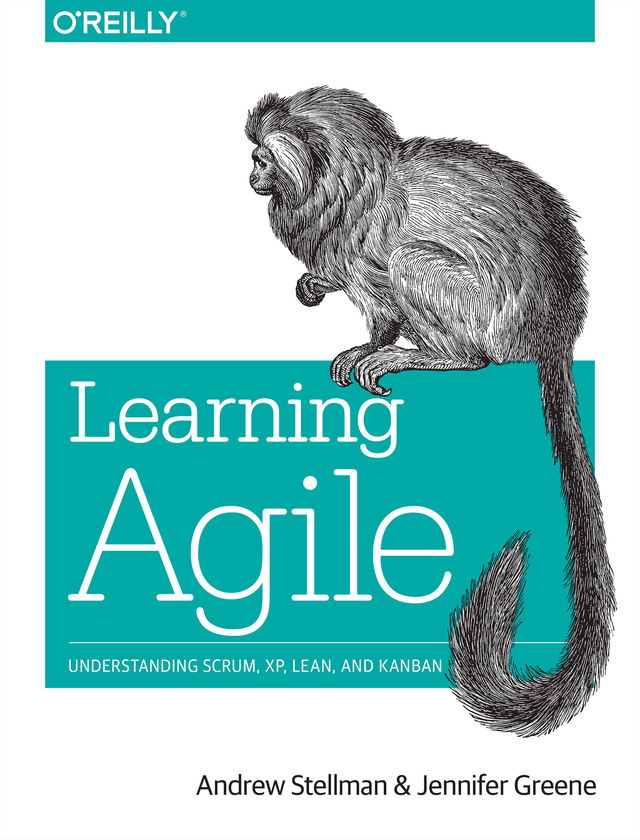
Learning Agile is a comprehensive guide to the most popular agile methods, written in a light and engaging style that makes it easy for you to learn.
Agile has revolutionized the way teams approach software development, but with dozens of agile methodologies to choose from, the decision to "go agile" can be tricky. This practical book helps you sort it out, first by grounding you in agile’s underlying principles, then by describing four specific—and well-used—agile methods: Scrum, extreme programming (XP), Lean, and Kanban.
Each method focuses on a different area of development, but they all aim to change your team’s mindset—from individuals who simply follow a plan to a cohesive group that makes decisions together. Whether you’re considering agile for the first time, or trying it again, you’ll learn how to choose a method that best fits your team and your company.
- Understand the purpose behind agile’s core values and principles
- Learn Scrum’s emphasis on project management, self-organization, and collective commitment
- Focus on software design and architecture with XP practices such as test-first and pair programming
- Use Lean thinking to empower your team, eliminate waste, and deliver software fast
- Learn how Kanban’s practices help you deliver great software by managing flow
- Adopt agile practices and principles with an agile coach
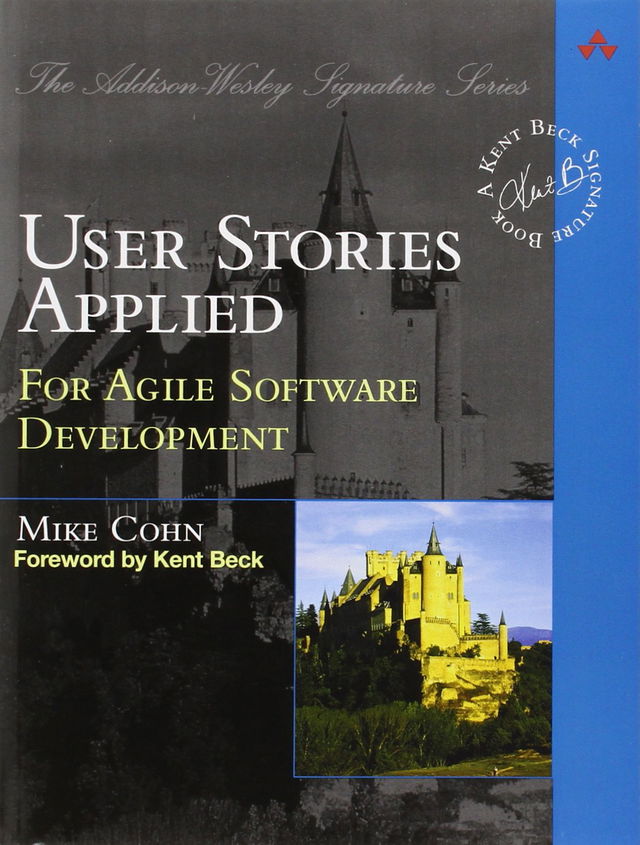
Thoroughly reviewed and eagerly anticipated by the agile community, User Stories Applied offers a requirements process that saves time, eliminates rework, and leads directly to better software.
The best way to build software that meets users' needs is to begin with "user stories": simple, clear, brief descriptions of functionality that will be valuable to real users. In User Stories Applied, Mike Cohn provides you with a front-to-back blueprint for writing these user stories and weaving them into your development lifecycle.
You'll learn what makes a great user story, and what makes a bad one. You'll discover practical ways to gather user stories, even when you can't speak with your users. Then, once you've compiled your user stories, Cohn shows how to organize them, prioritize them, and use them for planning, management, and testing.
- User role modeling: understanding what users have in common, and where they differ
- Gathering stories: user interviewing, questionnaires, observation, and workshops
- Working with managers, trainers, salespeople and other "proxies"
- Writing user stories for acceptance testing
- Using stories to prioritize, set schedules, and estimate release costs
- Includes end-of-chapter practice questions and exercises
User Stories Applied will be invaluable to every software developer, tester, analyst, and manager working with any agile method: XP, Scrum... or even your own home-grown approach.
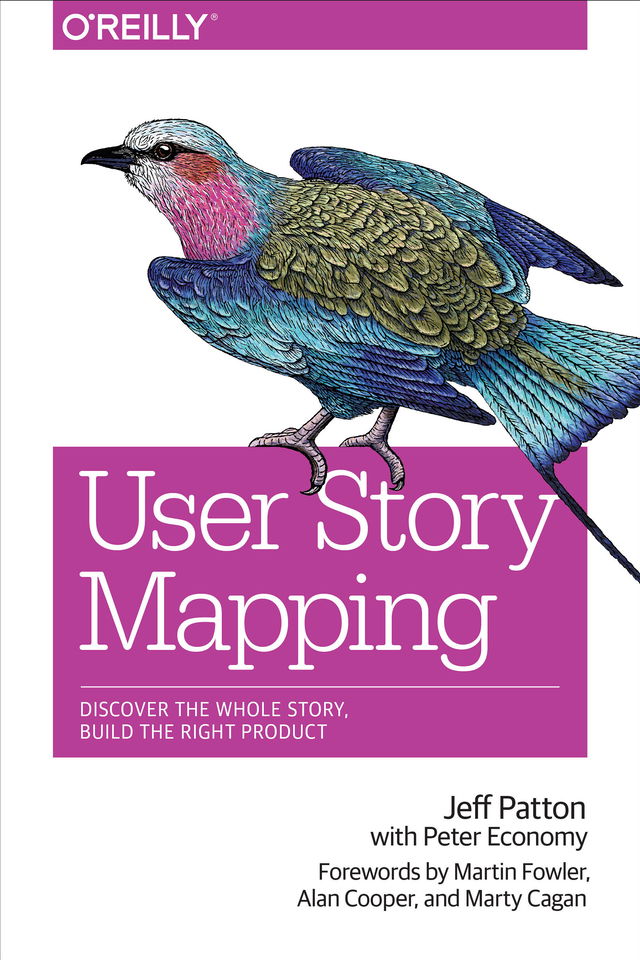
User story mapping is a valuable tool for software development, once you understand why and how to use it. This insightful book examines how this often misunderstood technique can help your team stay focused on users and their needs without getting lost in the enthusiasm for individual product features.
Author Jeff Patton shows you how changeable story maps enable your team to hold better conversations about the project throughout the development process. Your team will learn to come away with a shared understanding of what you’re attempting to build and why.
- Get a high-level view of story mapping, with an exercise to learn key concepts quickly
- Understand how stories really work, and how they come to life in Agile and Lean projects
- Dive into a story’s lifecycle, starting with opportunities and moving deeper into discovery
- Prepare your stories, pay attention while they’re built, and learn from those you convert to working software
